Do you ever think about how you taught students in the past? I often wish I could go back and make changes. Now there is so much educational research about how to teach students with different cognitive abilities. I remember spending hours teaching a student with poor working memory to name colors with little results. Most learning activities require considerable use of working memory. Often, students need to hold information in their minds while completing a task. For example, being asked to write a complete sentence while trying to remember how to spell the words. With so many tasks requiring working memory, no wonder students with memory challenges struggle. So, what are the 4 keys for effective instruction for students with memory challenges?
Effective Instruction for Memory Challenges: 4 Keys
Students with memory challenges are not all the same. Some have greater difficulty with memory than others. Working Memory is the core of the cognitive process. It is important because it is a strong predictor of academic success. Some students with memory challenges are in the MTSS process while others have an IEP.
According to psychologists, Gathercole and Alloway, authors of the article Understanding Working Memory: A Classroom Guide (2007), 70% of students with learning disabilities have weak working memory.
In summary, no matter what the level of memory challenge, these 4 keys for effective instruction are important to consider when teaching students with weak working memory:
1. Increase repetition for better retention
Students with memory challenges need more repetition to retain information. With more opportunities to review and repeat new information, their learning increases. According to Cepeda, Pashler, Vul, Wixted, & Rohrer, 2006, “memory is better when learning is spaced out rather than presented in one long session, even if the total time is the same.” Additionally, teachers can support students with memory challenges by repeating crucial information for task completion.
2. Reduce Working Memory Overload
When the processing demands of activities are too great, learning and performance decline. Working memory capacity becomes overloaded. Examples of processing demands include lengthy tasks, unfamiliar material, multiple steps, and transitioning from one source of information to another. If your tasks have a combination of these examples, your student’s working memory capacity could be overloaded. Look at reducing some of the processing demands for better results.
3. Integrate Chunking
Chunking can be defined as taking small pieces of information and grouping them into larger more memorable wholes. As reported by neuroscientist Daniel Bor, author of The Ravenous Brain, “chunking represents our ability to “hack” the limits of working memory.” By seeing patterns and making connections with small bits of information, retention increases. Thus, reducing the number of items that need to be remembered.
4. Provide external memory aids
When students with memory challenges use external aids, their working memory load is reduced. The external memory aids provide them with the information they need to complete a task. Examples of external memory aids are graphic organizers, concept maps, checklists, number lines, step-by-step, anchor charts, procedures, template for note-taking, unifix cubes, assignment calendars, and glossary of new terms. (Dehn, M.J. (2008)
In conclusion, classroom tasks require working memory. For students with weak working memory, these tasks can be overwhelming. Identifying students with memory challenges is the first step. Described above are 4 keys for effective instruction for students with memory challenges.




